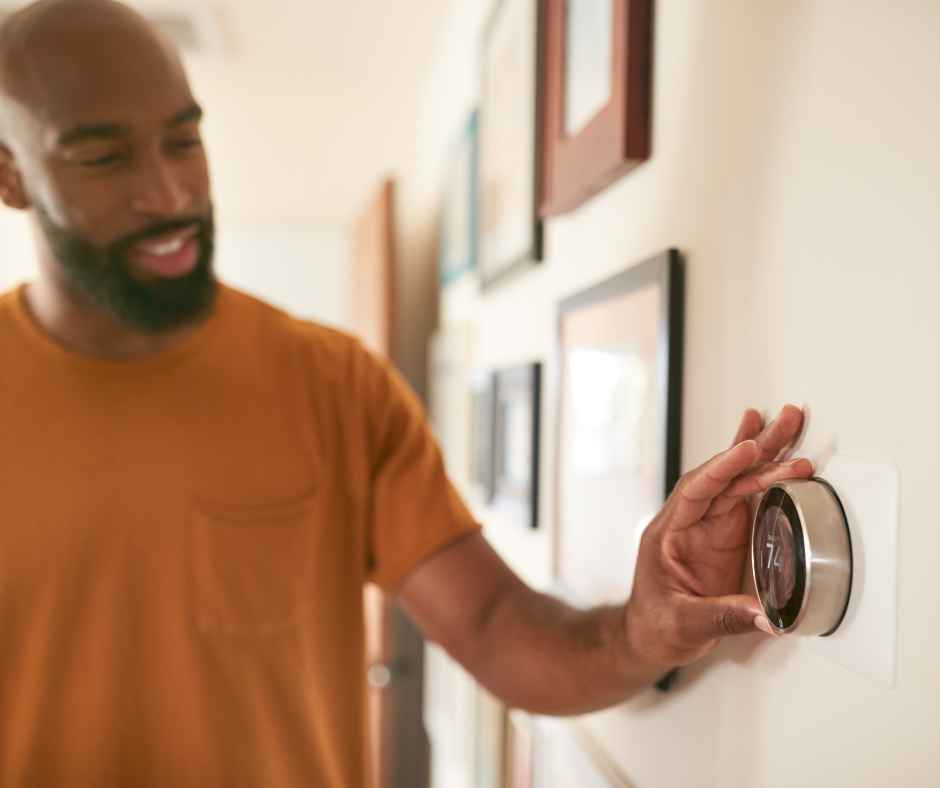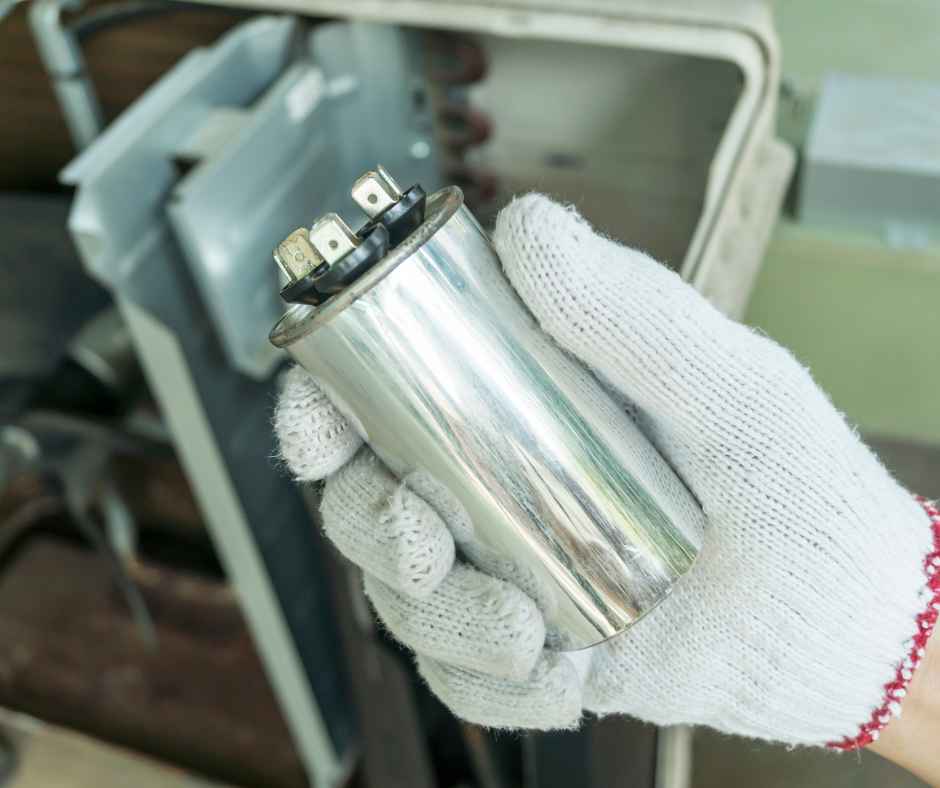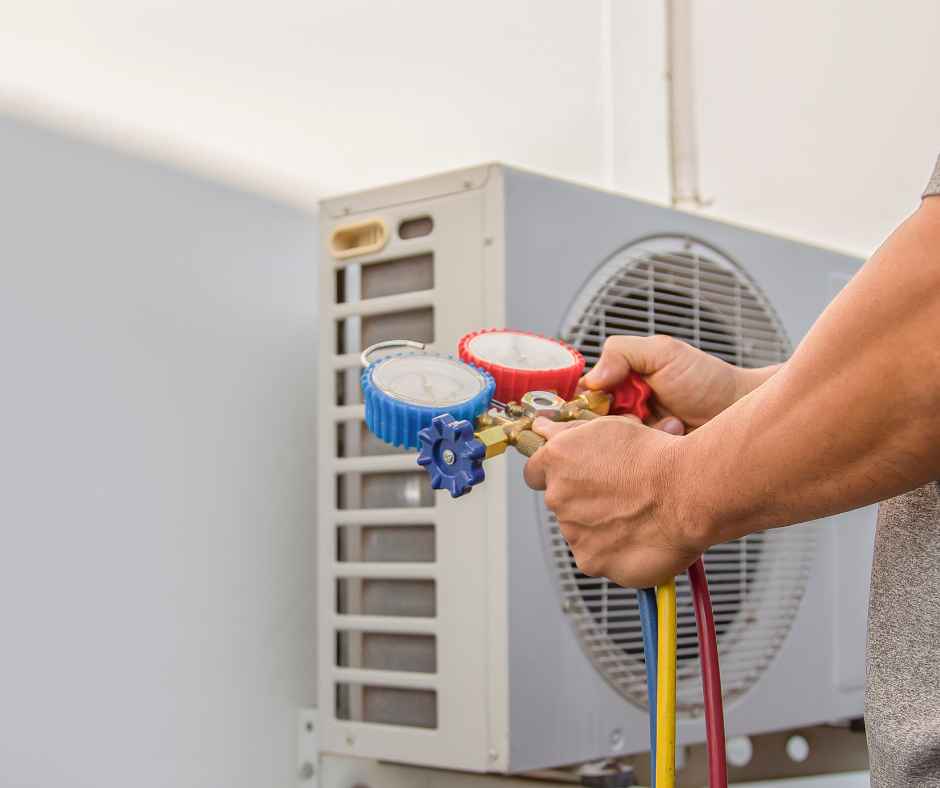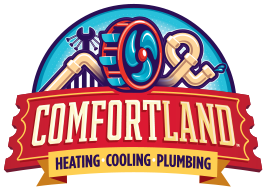
As seasons change and temperatures fluctuate, it’s not uncommon to find yourself reaching for both the air conditioner and the heater within the same day. But is it bad to switch between AC and heat during the same day? Understanding how your HVAC system works and the potential impacts of frequently switching between heating and cooling modes can help you maintain your system’s efficiency and longevity.
Is It Bad to Turn Heat On and Off?
One of the most common concerns homeowners have is whether it’s harmful to frequently turn their heating system on and off. While modern HVAC systems are designed to handle regular use, constantly toggling between heating and cooling modes can place extra strain on the system.
The main issue arises from the fact that your HVAC system requires a brief period to adjust between modes. When you switch from heating to cooling or vice versa, the system’s components, such as the compressor and fan motors, need to adjust to the new operating conditions. If this transition happens too frequently, it can lead to wear and tear over time.
How to Switch from Air Conditioning to Heat
Switching from air conditioning to heat isn’t inherently bad if done correctly. Here’s a simple guide on how to switch from air conditioning to heat:
- Turn Off the System: Before switching modes, always turn off your HVAC system. This prevents any abrupt changes that could stress the system.
- Wait a Few Minutes: Give the system a few minutes to rest. This downtime allows the compressor to decompress and prepares the system for the change in operation.
- Set the Thermostat: Adjust your thermostat to the desired temperature in heating mode. Ensure that you don’t set the temperature too high, as this can cause the system to work harder than necessary.
- Turn the System Back On: Once you’ve made the necessary adjustments, turn the system back on and let it run.
Is It Bad to Switch from AC to Heat?
Switching from air conditioner to heat isn’t necessarily bad, but it does come with some considerations. The primary concern is the additional wear and tear on your system. Here are some points to keep in mind:
- System Strain: Each time you switch modes, the HVAC system undergoes a transition phase where it needs to adjust its internal components. Frequent switching can accelerate wear and tear, potentially leading to premature system failures.
- Energy Efficiency: Rapid switching between heating and cooling can also impact your system’s energy efficiency. The system may need to work harder to reach the desired temperatures, leading to increased energy consumption and higher utility bills.
- Comfort Levels: Constantly changing the indoor temperature can affect your comfort levels. The HVAC system may struggle to maintain a consistent temperature, leading to hot and cold spots within your home.
Best Practices for Switching from AC to Heat
To minimize the impact of switching from air conditioning to heat, consider the following best practices:
- Monitor Outdoor Temperatures: Before switching modes, check the outdoor temperature and forecast. If temperatures are expected to fluctuate significantly, it might be better to set your system to a comfortable middle ground rather than switching modes frequently.
- Use Programmable Thermostats: Programmable thermostats can help manage temperature changes more efficiently. You can set different temperatures for different times of the day, reducing the need to manually switch between heating and cooling.
- Regular Maintenance: Ensure your HVAC system is well-maintained. Regular inspections and servicing can help identify potential issues early and keep your system running smoothly.
- Consider Zoning Systems: Zoning systems allow you to control the temperature in different areas of your home independently. This can reduce the need for frequent switching by maintaining optimal temperatures in specific zones.
When to Call a Professional
If you find yourself constantly switching between heating and cooling modes, it might be time to consult a professional. A licensed HVAC technician can evaluate your system and suggest the best course of action. They can also check for any underlying issues that might be causing discomfort in your home.
Conclusion
While it’s not necessarily bad to switch between AC and heat during the same day, doing so frequently can place extra strain on your HVAC system. Understanding how to switch modes correctly and following best practices can help maintain your system’s efficiency and longevity.
If you have any concerns or need professional advice, don’t hesitate to contact ComfortLand. Our team of experts is here to help with all your heating and cooling needs, ensuring your home remains comfortable year-round. Contact us today for a consultation or to schedule a maintenance check.
Recent News

How to Improve Heating Efficiency in Dallas
Read More

Is a Heat Pump or Furnace Better for Dallas? A Homeowner’s Guide
Read More

How Many BTU Do I Need?
Read More

Preparing Your Dallas Home for Winter: Essential HVAC Maintenance Tips
Read More

What MERV Rating Should I Use?
Read More

What Does a Capacitor Do?
Read More

R-410A Refrigerant Phaseout: What Homeowners Need to Know
Read More
